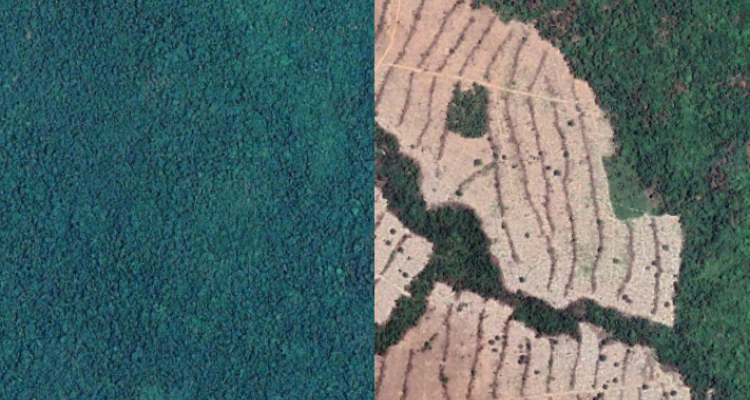
Colloquium
Investigating the value of random forest models for detecting land cover changes on global to regional levels
By Liam Adam
Abstract
Monitoring land cover changes is crucial for understanding and mitigating their impacts on global, regional, and local scales. Recent years have seen rapid advancements in land cover change detection algorithms, with a notable trend towards hybrid approaches that fuse these algorithms with traditional machine learning methods. However, the effectiveness of such hybrid models compared to standalone machine learning models in predicting global land cover changes remains uncertain. In this study, we compared the performance of a random forest model, which leveraged a wide range of spectral index-derived features, with that of a hybrid model. Our findings reveal that the random forest model falls short, achieving an F1 score of 44.5% for the change class, while the hybrid model yielded a score of 61.5%, both using a comparable unique global dataset. Additionally, the globally trained random forest model achieved low accuracy levels for a regional dataset due to differences in change definition, class distribution, and cloud-free data availability between the datasets. Analysis of random commission and omission errors of the change predictions underscored the limitations of the model, particularly due to the number of missing observations and the length of the time series. This research contributes to the understanding of incorrect land cover change predictions by providing an overview of the sources of these errors for further improvement of land cover change detection algorithms.